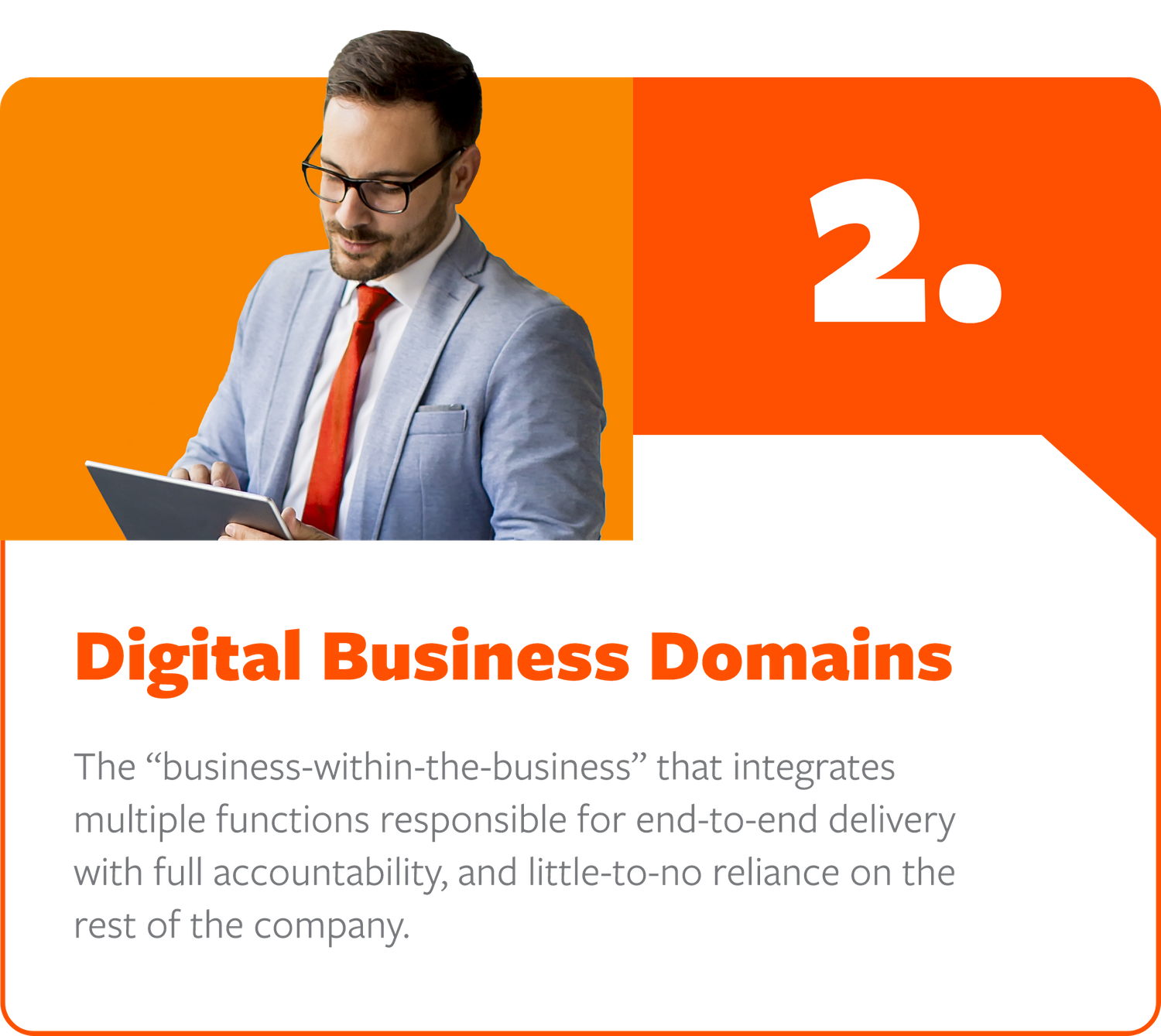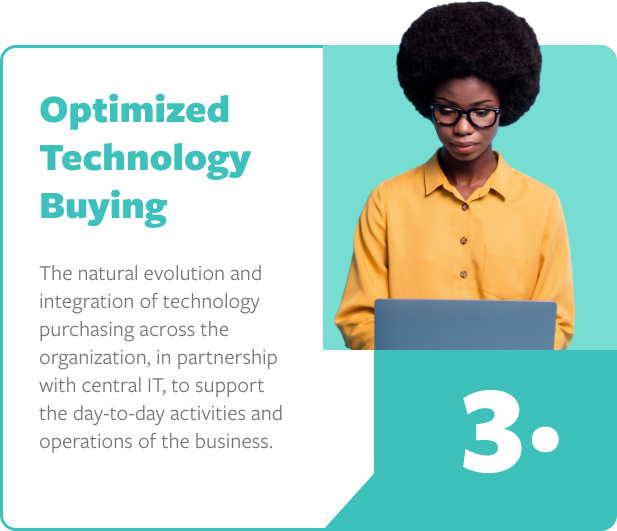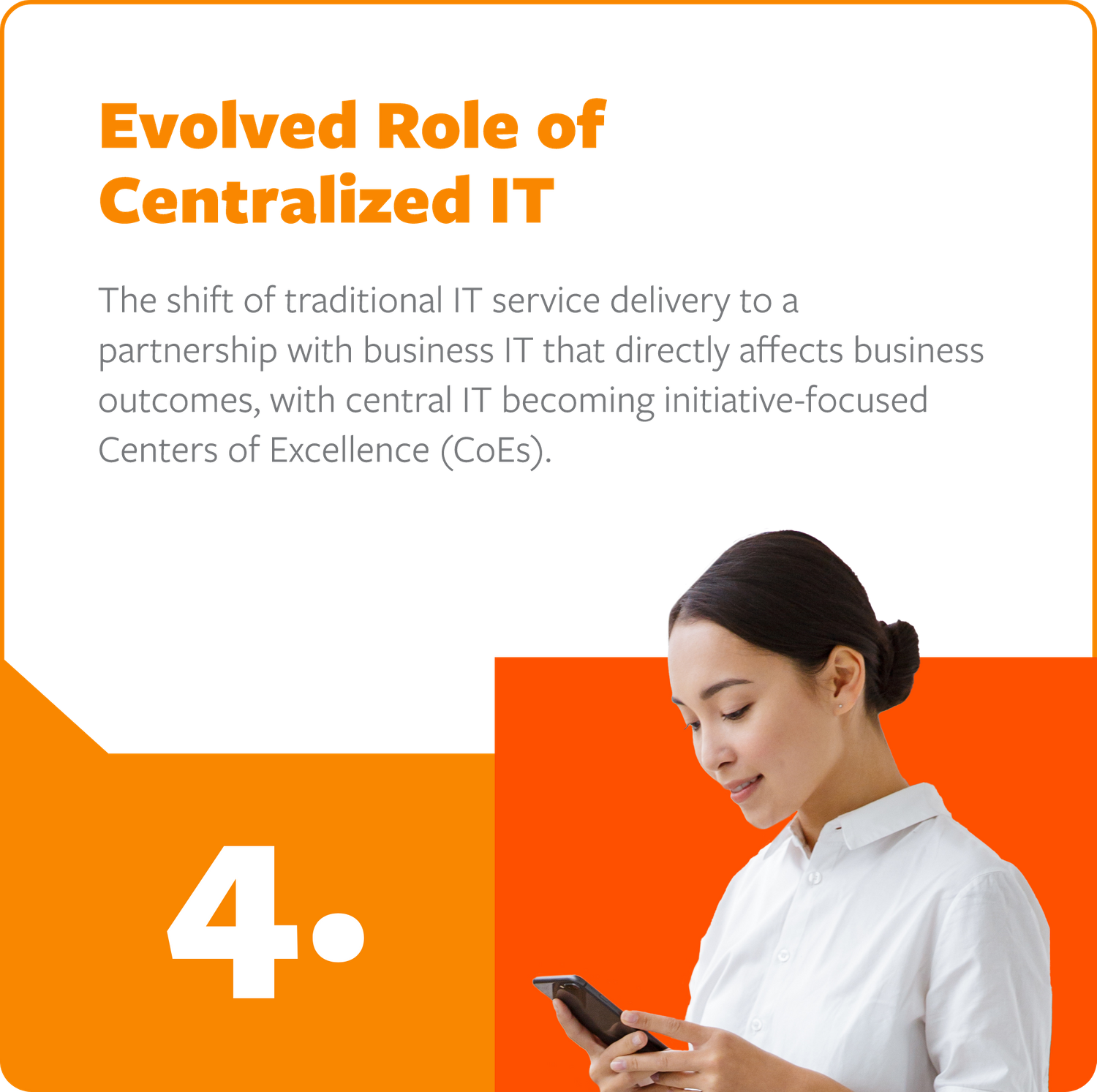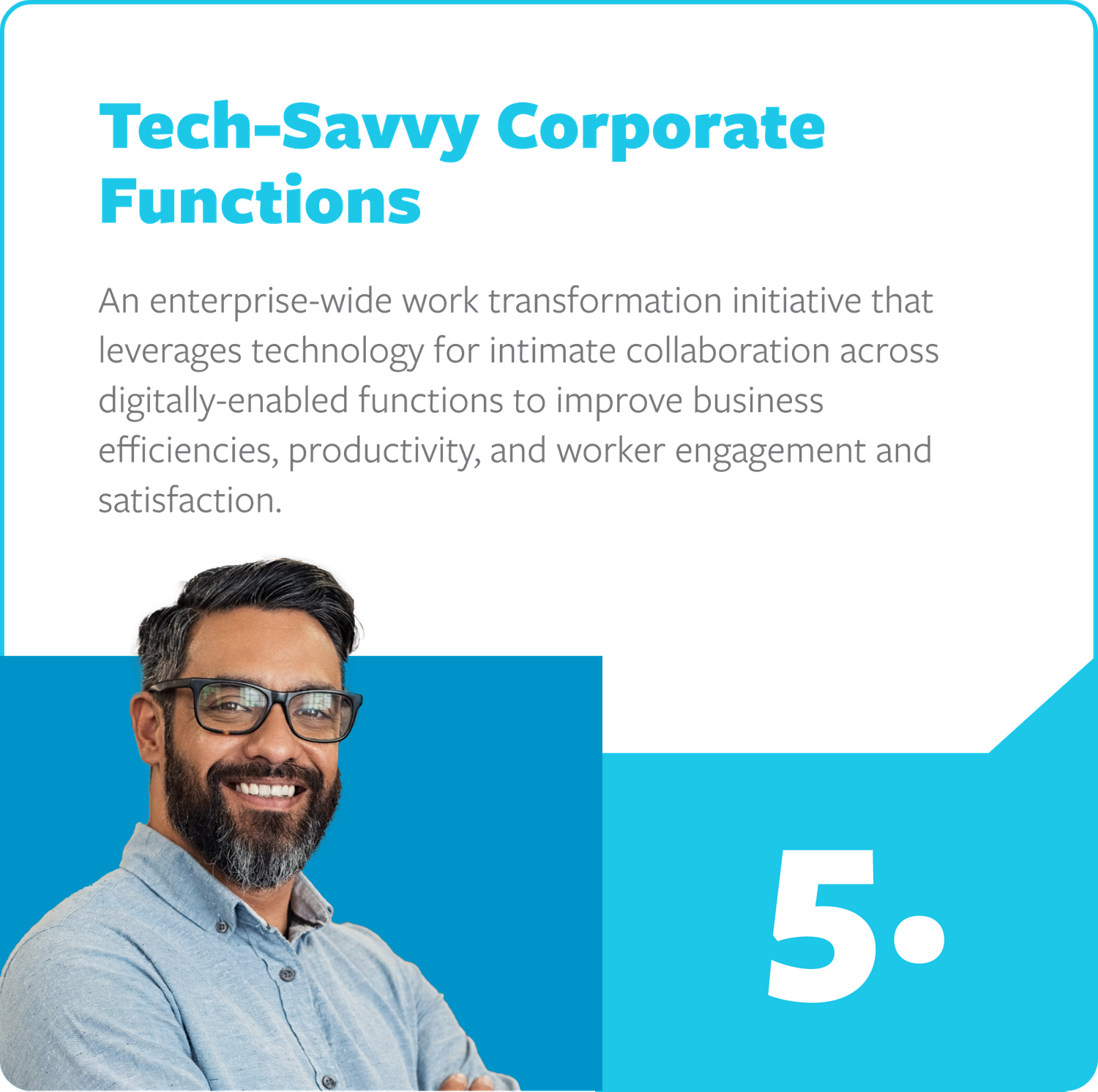
Financial Service Digitization
Unlock the Power of Automation
Delivering transformational business outcomes at hyper-speed and hyper-scale, while staying ahead of FinTech disruption.
Financial Service Digitization
Unlock the Power of Automation
Delivering transformational business outcomes at hyper-speed and hyper-scale, while staying ahead of FinTech disruption.
Financial services companies are experiencing pressure across all aspects of their business. By prioritizing digital-first banking with self-service products, a new generation of digital-native customers is accelerating digital transformation and driving the demand for access to the right information at the right time, wherever they are. Facing ever-changing regulations that sometimes affect business operations and processes, financial services organizations have to continue delivering Transcendent Customer Experiences to compete.
New players entering the market are causing incumbent service providers to up their game. With increased competition by FinTech companies, traditional financial services organizations need to evolve…fast. FinTechs are leveraging their specialized technologies to grab both individual and business customers from banks and financial services providers. The new players in the FinTech space are known for automating and improving financial services and processes, which is challenging traditional companies to modernize their business. For traditional financial services organizations to compete, automation enabled by integrations plays a pivotal role in the long-term success.
Seismic Changes Are Revealing the Future
Digitalization and the need to be established as an Autonomous Digital Enterprise (ADE) require financial services providers to stay ahead of the new market entrants, rapidly changing customer demographics and behaviors, and other industry disruptors that are driving seismic shifts in the banking and finance value chain. Organizations need to move away from traditional data and analytic approaches that tend to be inefficient, create silos, and are not scalable to meet present day needs. Instead, financial companies must deliver applications and enhanced capabilities such as DevOps and workflow automation quickly, delivering experiences and insights at hyper-speed. They also need the ability to integrate and analyze ever-expanding data volumes, while delivering digital services in a hybrid cloud environment, with automated processes across the business and operations at hyper-scale.
Modernizing the business requires a commitment to become an ADE through orchestrating the various and ever-expanding number of analytic applications, processes, and data sources across all environments, providing the business and its customers with a single and unified view of all their data. This guarantees consistency, rapid integration, reliability, and ease of extensibility while ensuring access to timely and accurate data, creating both business user and customer brand dedication and a Transcendent Customer Experience. Business users and customers need access to the right data, at the right time, delivering hyper-speed at hyper-scale to ensure that business and customers are obtaining data across systems in a single view.
Institutions can gain new abilities and reach their goals faster by implementing a modernization strategy that leverages innovative technologies and apps, driving toward the goal of ADE. An ADE strategy should be comprehensive to include multi-dimensional scalable solutions to manage growing data volumes along with solutions that deliver superior customer experiences. Every financial services organization should be utilizing chatbots, digital assistants for self-service enablement, along with mobile apps and digital experiences that give customers the access to manage their accounts when and how they want, in real-time.
BMC FINANCIAL SERVICES
Financial service organizations should take advantage of the power of integrations. The entire enterprise will benefit from a strong integration platform that allows business users to analyze all data, driving to business outcomes. Analysis of the business data across the entire infrastructure enables the organization to strategize around key insights that not only benefit the business but the end-users.
A key driver of infrastructure-wide integrations is the enablement of automation. An integration platform with the appropriate connectors enables large scale ingestion of events and metrics for AIOps use cases. Integration platforms that address the needs of citizen integrators, with built-in recipes and templates help businesses maintain high levels of business automation from discovery to action.
Automating any end-to-end workflow requires integration with key applications and third-party applications. The BMC Helix Integration Platform can assist with the integrations to allow organizations to deliver new apps to meet evolving business needs, and customer demand. The BMC Helix Integration Platform offers:
Support for a wide range of formats: XML, ODBC, and content to simplify
Organizations can use the BMC Helix Integration Platform to create new applications on a single platform. Automation success relies on artificial intelligence (AI) and machine learning to enable data-driven business decisions, enhance quality, reduce unnecessary manual labor, empower employees, and optimize IT resources. Automation working together with employee expertise combines to:
Five Fundamental Operating Model Characteristics
That Define an Autonomous Digital Enterprise
“You plug into BMC Helix, and behind it you have augmented workflows of chat-bots, RPA bots, and human beings, each doing what they’re best at, and giving a far superior customer experience unlike any other. That is happening now, and that’s the future.”
Mihir Shukla–CEO, Automation Anywhere
Deliver Transcendent Customer Experiences
In an ADE, Transcendent Customer Experience gives people what they need, when and where they want it, tailored to their preferences. This includes access to data regardless of where it’s located–data lake, structured warehouse, or another system. An integration that unifies the data into a single view improves speed of deployment of new apps and services while encouraging business innovation and simplifying the barrier to data access. By anticipating and fulfilling customer and employee needs proactively, you can exceed expectations and ensure a competitive edge.
Service desks are also suffering with a high volume of contacts, an inconsistent response to multiple, repetitive requests, and low usage and consumption of available self-service knowledge resources.
This increases service desk costs and creates an inefficient environment that delivers a poor customer experience. One way to empower service staff to eliminate those roadblocks and get back to more business-critical tasks is through automated, intuitive, and interactive solutions designed for the modern digital economy. Migrating to an intelligent, omni-channel, chatbot-initiated experience allows customers and employees to find and request services through a conversational and personalized interface. The tools also work with familiar communication apps like Microsoft Teams, SMS, and web chat and support natural language and dialogue for an easy, familiar, and fast user experience. For service staff, that means improved response times, better customer satisfaction, reduced costs, and freeing up resources for higher priorities.
— Leandro Araujo, Head of Production & IT Process, Itaú Unibanco
“Control-M is a very important tool that we have. If Control-M stops, the bank stops.”
Many organizations already benefit from the power of automaton and workflow orchestration enabled by Control-M. Itaú Unibanco utilizes Control-M as its primary digital business automaton platform, processing over 14 million jobs per month and automating diverse batch application workloads for transactions in retail locations, at ATMs, online, and on mobile devices. The bank now opens almost 10 percent of its new accounts directly through its mobile application.
For Raymond James, Control-M automation manages jobs across complex interdependencies among hundreds of applications that access the company’s data warehouse and consolidated data store. Nightly processing ensures that senior management and financial advisors have the data they need to help clients with investment decisions. With two million jobs executed each month, Raymond James experienced 96 percent faster audit preparation and a 42 percent increase in job executions while providing predictive analytics and self-service for both business users and their customers.
— Chris Haynes, Manager of Workload Engineering, Raymond James Financial
“With Control-M, we can look at applications across the enterprise, identify recurring issues and inefficiencies, and work with people across the organization to figure out how to make things better.”
Financial service organizations succeed and fail on the basis of how they serve their customers—both internally and externally. Delivering a Transcendent Customer Experience is just one of the five tenets of the Autonomous Digital Enterprise. To be prepared for the rapid evolution and disruption facilitated by new FinTech organizations, traditional financial organizations must adapt and evolve and embrace the move toward a blended environment of humans and technology that extends well beyond IT to not only survive but thrive.

